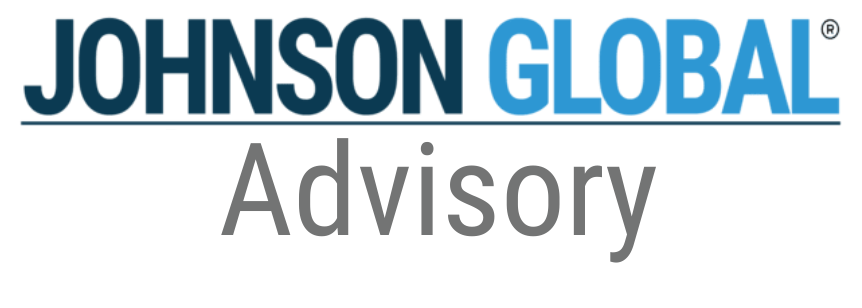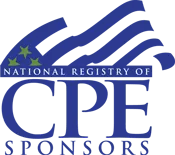Critical Audit Matters: Are Your Engagement Teams Ready to Report?

As you know, back in 2017, the PCAOB undertook one of the most significant changes to the audit report in over 70 years which required the auditor to disclose, among other items, critical audit matters (or CAMs) in its issuer audit reports. This was a major departure from the norm where previously almost all information in report filings (Form 10-K’s etc.) originated from management. Prior to that, the only auditor-driven communication was the audit opinion – with the standard audit report language changing in instances of things like reporting on material weaknesses or an emphasis of matter.
The advent of CAM disclosures is intended to spur more comprehensive discussions with audit committees, helping them with oversight responsibilities, as well as to provide additional insight into the audit for investors. So, lets backtrack and provide some background.
What are CAMs?
AS 3101: The Auditor's Report on an Audit of Financial Statements When the Auditor Expresses an Unqualified Opinion, describes CAMs as “any matter arising from the audit of the financial statements that was communicated or required to be communicated to the audit committee and that: (1) relates to accounts or disclosures that are material to the financial statements and (2) involved especially challenging, subjective, or complex auditor judgment.” In determining what should be disclosed as a CAM, the auditor should consider, among others:
- The auditor's assessment of the risks of material misstatement, including significant risks;
- The extent of judgment required by the auditor related to areas that involved significant management judgment or estimation, including estimates with significant measurement uncertainty; and
- Audit effort involved in addressing the matter.
When were (are) CAMs effective?
The reporting of CAMs has been in effect since June 2019 for audits of large, accelerated filers. For all other issuer audit teams, your time of reckoning has arrived – all issuers with fiscal years ending on or after December 15, 2020 are now required to report CAMs in the audit report 1 . Hopefully, you have started the process of identifying and assessing potential CAMs for disclosure in your audit report if you have a PCAOB issuer client. We have seen that a lot of effort and resources are needed for first-time implementations, including dry runs.
What has been the CAM experience so far?
The PCAOB has been evaluating the effects and benefits of the introduction of CAMs in the company filings that had adopted the AS 3101 requirements and in October, they released an interim analysis of its provisional thoughts on the CAM implementation thus far. The chart below depicts the PCAOBs summary of the financial statement areas where CAMs have been identified, to date.
Although engagement teams spent a fair amount of time and resources during their initial implementation, the costs were generally inconsequential and there were no significant unintended consequences. In addition, the audit regulator concluded that investors were finding the information to be very beneficial and worth the overall efforts.
As evident from the table, the major financial statement areas of CAM disclosure were revenue recognition, goodwill, business combinations, accruals and reserves, and allowance for loan losses. This is consistent with our expectations considering the extent of judgment and estimation that is required when auditing these complex areas. Based on the ongoing pandemic and economic turmoil in certain sectors and industries in 2020, one must expect that along with increased focus on impairment of assets (goodwill, intangibles assets and long-lived assets), auditors will need to address CAM considerations for areas including going concern, allowances for doubtful accounts, loss of suppliers due to their bankruptcy, etc.
It is also interesting to note that on November 4, Board Member Brown delivered a speech at the International Corporate Governance Network Virtual Global Summit where he focused on the hot topic of Environmental, Social and Governance (or ESG) disclosure. While Mr. Brown believes that this is not something that the PCAOB has usually had at the top of its mind, he stated that “the PCAOB and other audit regulators have an important role to play in the ESG disclosure space.” He went on further to acknowledge that the profession is “at the early stages of the implementation of this important audit standard. The audit report and the discussion of ESG CAMs will presumably evolve in content, frequency, and usefulness. Both investors and regulators will have an important role to play in influencing the direction of this evolution.” So, looking ahead to future PCAOB inspections, expect there to be some thought-provoking inquiries from its inspectors around the auditor’s consideration of ESG when determining its CAMs. It is clear that auditors are going to have to give CAM consideration to more qualitative concerns such as climate change, carbon emission mandates, etc.
What should be your next steps?
First, all issuer audit engagement teams should be starting now to identify and analyze potential CAMs that you think will need to disclose and then make sure you have a process in place to collect the information you need to include as part of your CAM disclosure in your audit report. Remember to ensure early and transparent communications with audit committees, explaining the process and the items being considered as CAMs. We recommend that firms map significant risks to their CAM evaluation, applying the considerations that, while not all significant risks will give rise to a CAM, this is a significant step in assessing the completeness of potential CAMs. Our clients have applied a number of different tools to apply these considerations and there is not one right answer. If you or your engagement team need assistance in this evaluation, we have a tool that we can use for our clients’ CAM considerations.
Second, engagement teams should be including in CAM considerations, qualitative concerns, including the effect of ESG on your audit approach and audit testing. As these CAM requirements are new, it almost guarantees that most, if not all, PCAOB inspections in 2021 will include discussions around the engagement team’s CAM disclosure process.
Finally, make sure that your documentation is clear as to the thoroughness of your CAM evaluation and the discussions around these with your audit committees including documenting why items that were discussed with audit committees were not considered CAMs. Through our work, however, we have seen that clear, comprehensive documentation that applies the standard will save the day for accurate reporting and a future pass from inspectors.
As we move into this next phase, we will certainly be following the successes and pitfalls of this final wave of implementation. We are looking forward to learning more on the successes and challenges as we work with our clients on their first-year implementation of CAMs, including through our in-flight reviews and assist them in developing some best practices.
Geoff Dingle, JGA Managing Director, works with PCAOB-registered accounting firms helping them identify, develop, and implement opportunities to improve audit quality. With over 20 years of public accounting experience, he spent nearly half of his career at the PCAOB where he conducted inspections of audits and quality control. Geoff has extensive experience in audits of ICFR and firms’ systems of quality controls. Prior to the PCAOB, he worked on audits in various industries at Deloitte in Atlanta and Durban (South Africa).
1 Communication of critical audit matters is not required for audits of (1) brokers and dealers reporting under Exchange Act Rule 17a-5; (2) investment companies registered under the Investment Company Act of 1940 other than companies that have elected to be regulated as business development companies; (3) employee stock purchase, savings, and similar plans; and (4) emerging growth companies.




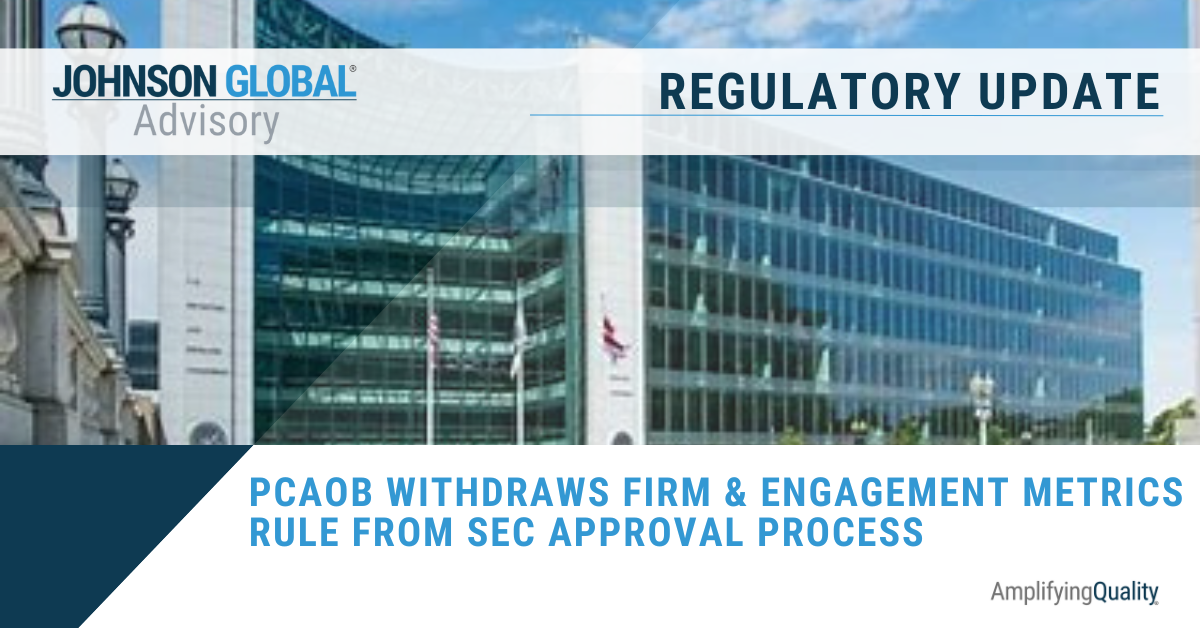
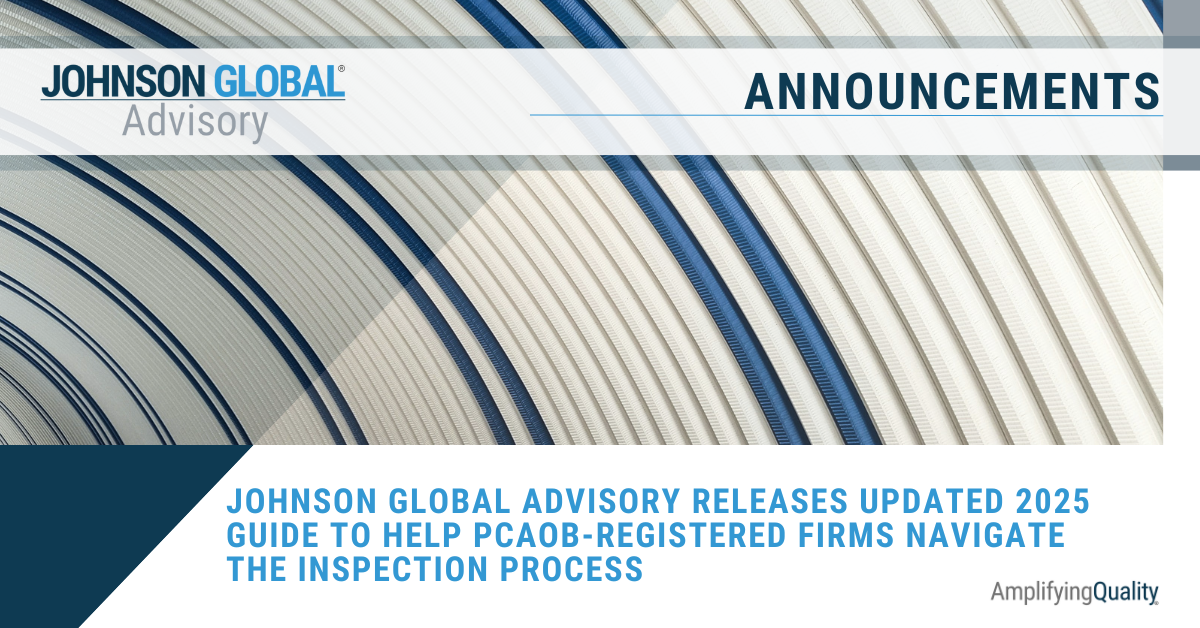

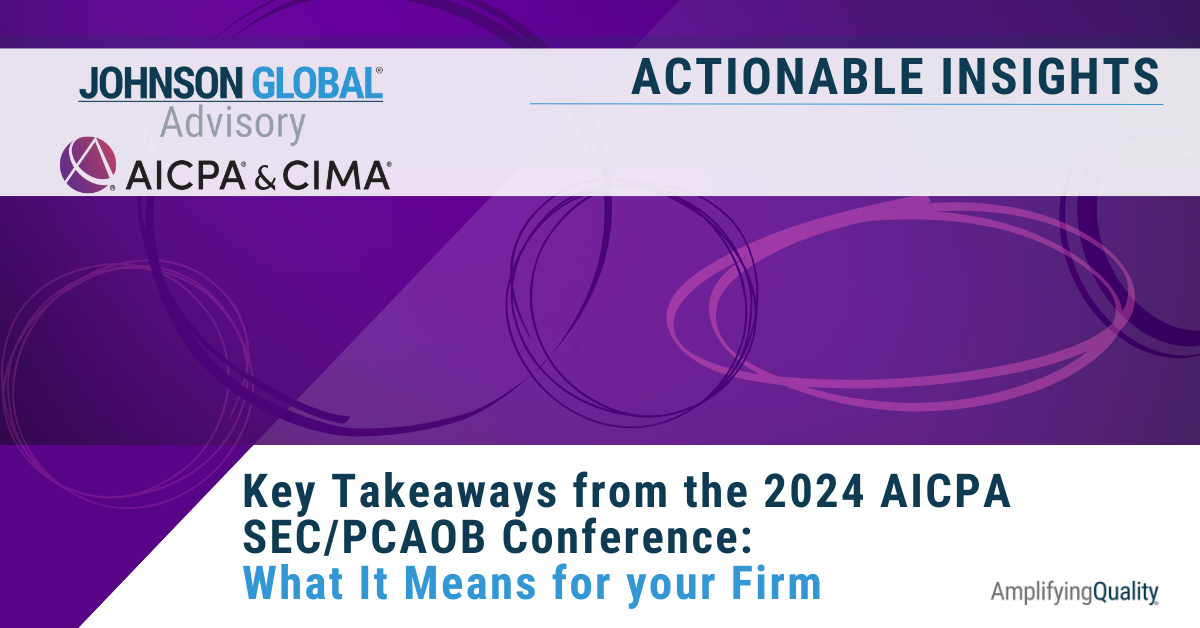


Johnson Global Advisory
1717 K Street NW, Suite 902
Washington, D.C. 20006
USA
+1 (702) 848-7084
